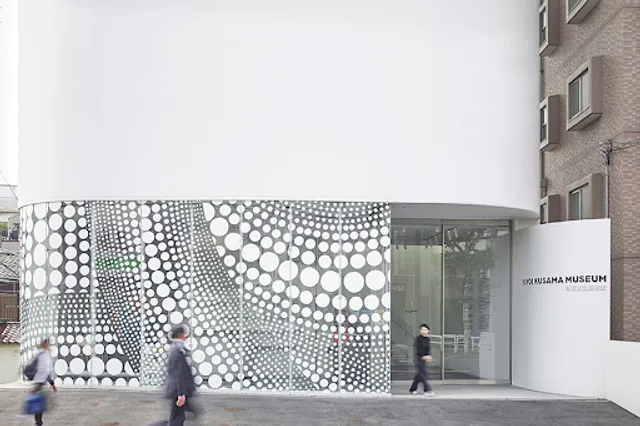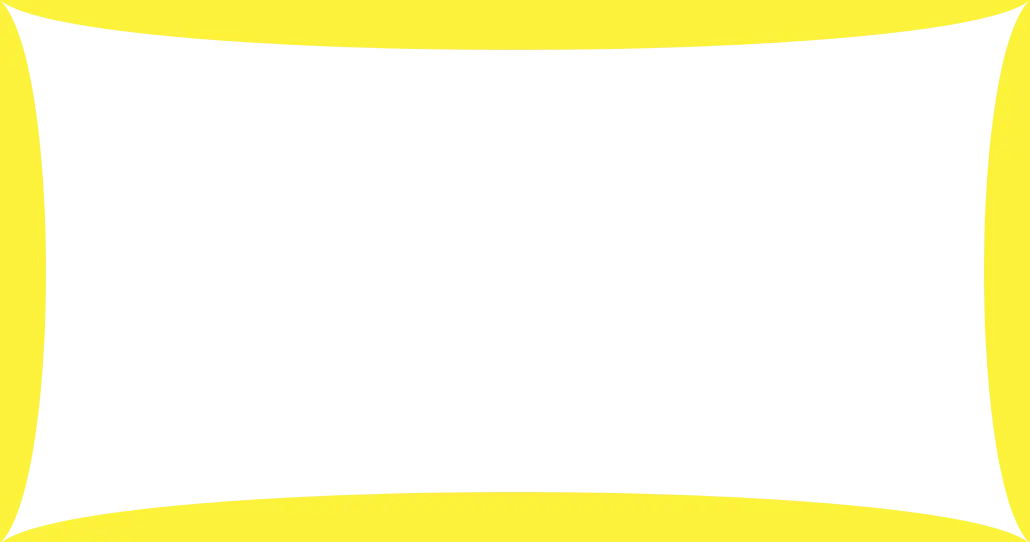YAYOI KUSAMA Museum things to do, attractions, restaurants, events info and trip planning
Basic Info
YAYOI KUSAMA Museum
107 Bentencho, Shinjuku City, Tokyo 162-0851, Japan
4.0(1.2K)
Open 24 hours
Save
spot
spot
Ratings & Description
Info
Cultural
Entertainment
Family friendly
Accessibility
attractions: Natsume Soseki Memorial Museum, Soseki Park, Shinjuku City Ushigome Benten Park, Tsurumaki Minami Park, eitoeiko, Shirayuri Children’s Playground, Akagi Children's Playground, 新宿区立水野原児童遊園, Okuma Auditorium, Bread of Life Church, restaurants: Toshioka, Gafas, Ánimo, Pizza Bull, Martiniburger, Seasonal Food Sugiura, RAMEN GOSSOU, ソプラアクア, Arabic Cafe & Deli Abu Essam, 早稲田 香港料理廿四味
 Learn more insights from Wanderboat AI.
Learn more insights from Wanderboat AI.Website
yayoikusamamuseum.jp
Plan your stay

Pet-friendly Hotels in Tokyo
Find a cozy hotel nearby and make it a full experience.

Affordable Hotels in Tokyo
Find a cozy hotel nearby and make it a full experience.

The Coolest Hotels You Haven't Heard Of (Yet)
Find a cozy hotel nearby and make it a full experience.

Trending Stays Worth the Hype in Tokyo
Find a cozy hotel nearby and make it a full experience.
Reviews
Nearby attractions of YAYOI KUSAMA Museum
Natsume Soseki Memorial Museum
Soseki Park
Shinjuku City Ushigome Benten Park
Tsurumaki Minami Park
eitoeiko
Shirayuri Children’s Playground
Akagi Children's Playground
新宿区立水野原児童遊園
Okuma Auditorium
Bread of Life Church

Natsume Soseki Memorial Museum
4.2
(400)
Open 24 hours
Click for details
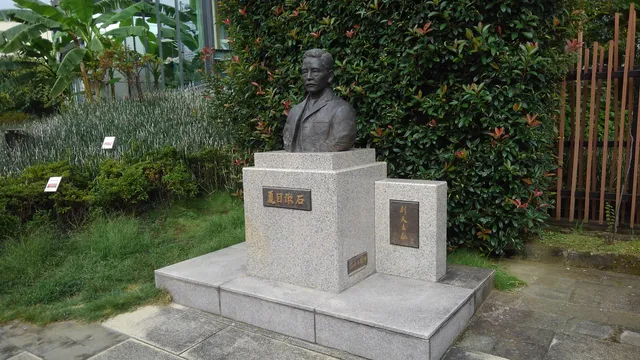
Soseki Park
3.9
(217)
Open 24 hours
Click for details
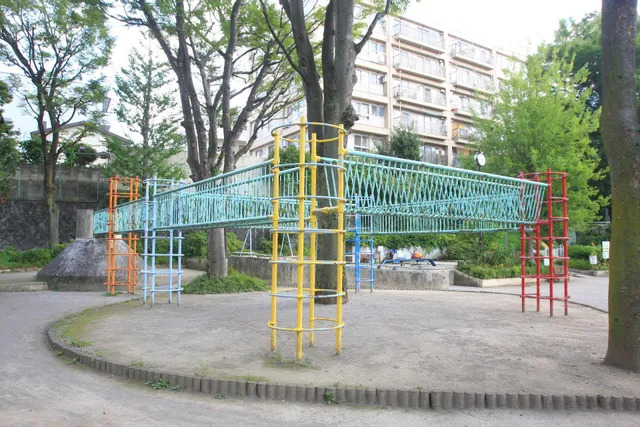
Shinjuku City Ushigome Benten Park
3.7
(52)
Open 24 hours
Click for details

Tsurumaki Minami Park
3.7
(223)
Open until 12:00 AM
Click for details
Things to do nearby
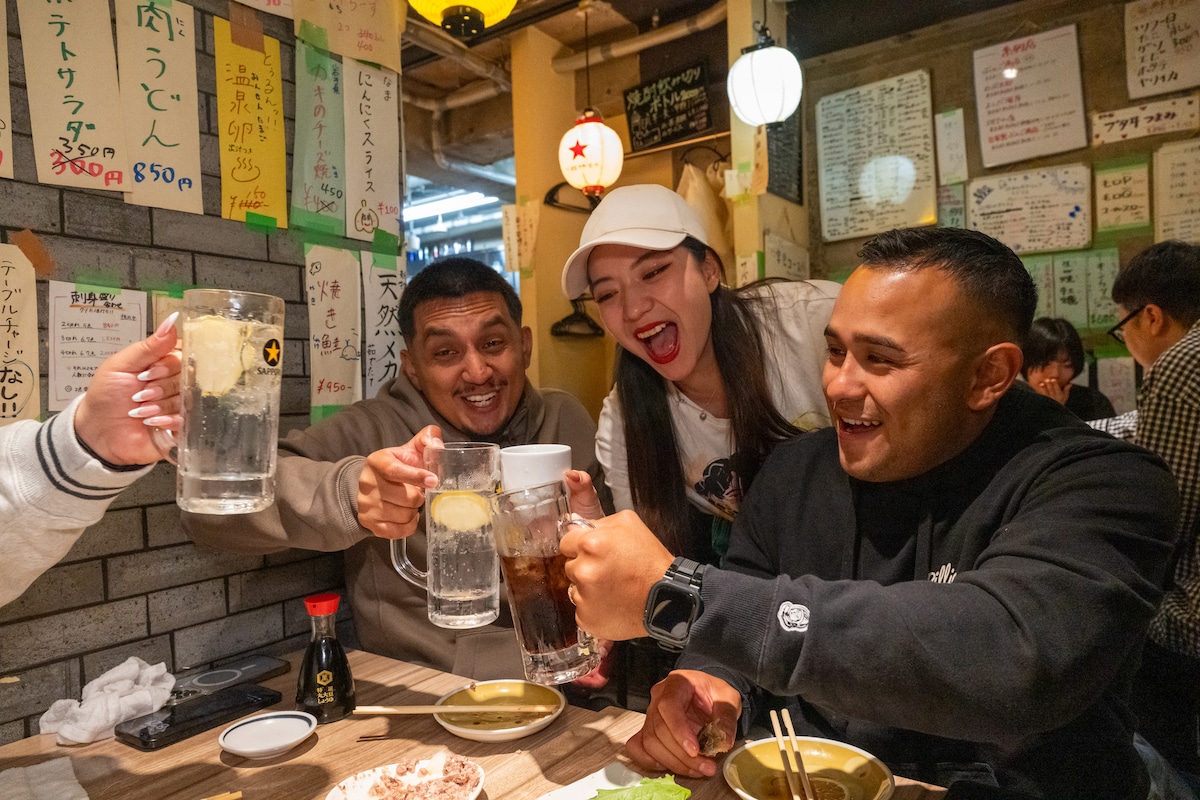
Unlimited Local Night《ALL-Y-Can-DRINK》Shinjuku Gem
Thu, Jan 8 • 7:15 PM
160-0022, Tokyo Prefecture, Shinjuku City, Japan
View details
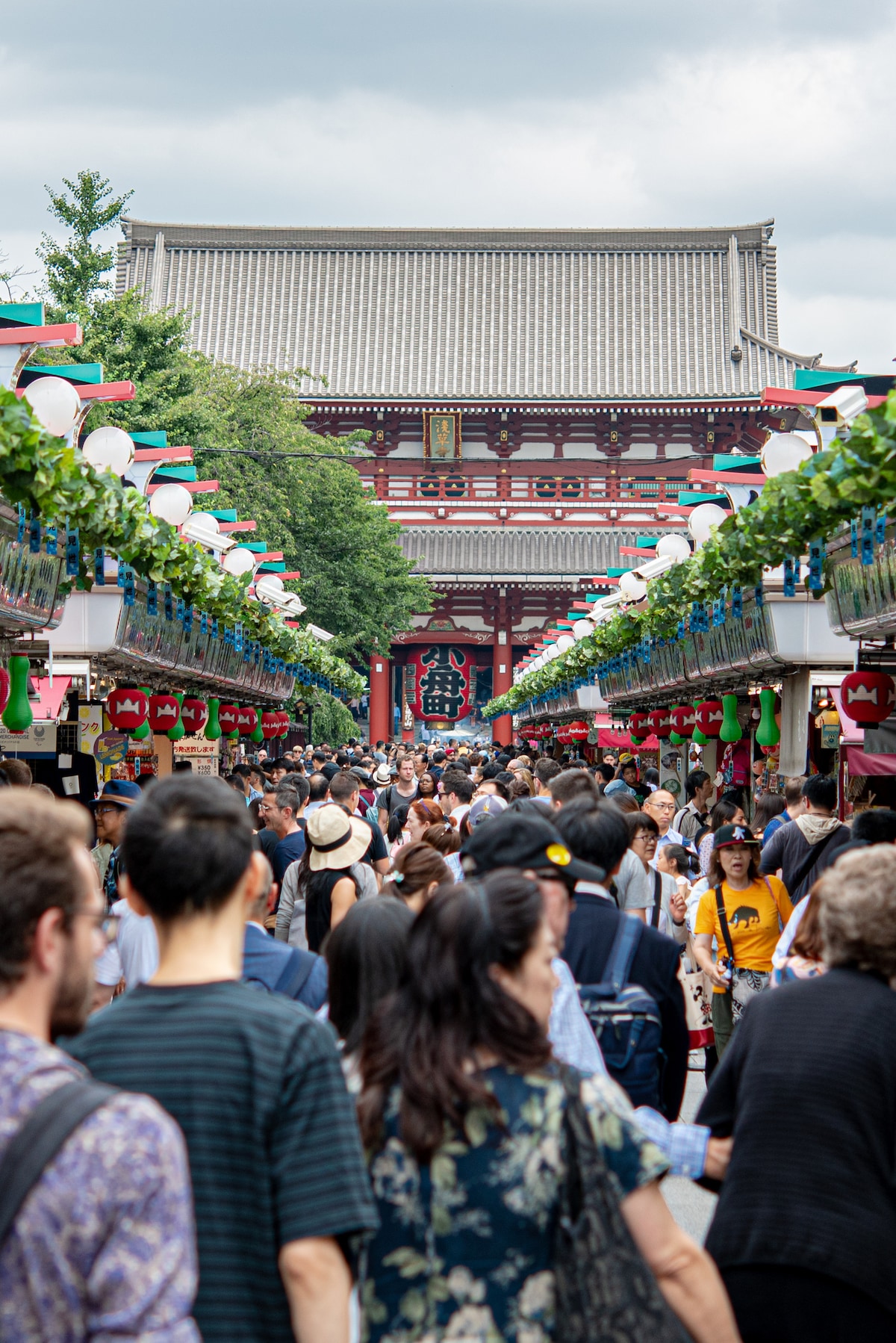
Asakusa Street Food Experience
Thu, Jan 8 • 11:30 AM
111-0032, Tokyo Prefecture, Taito City, Japan
View details
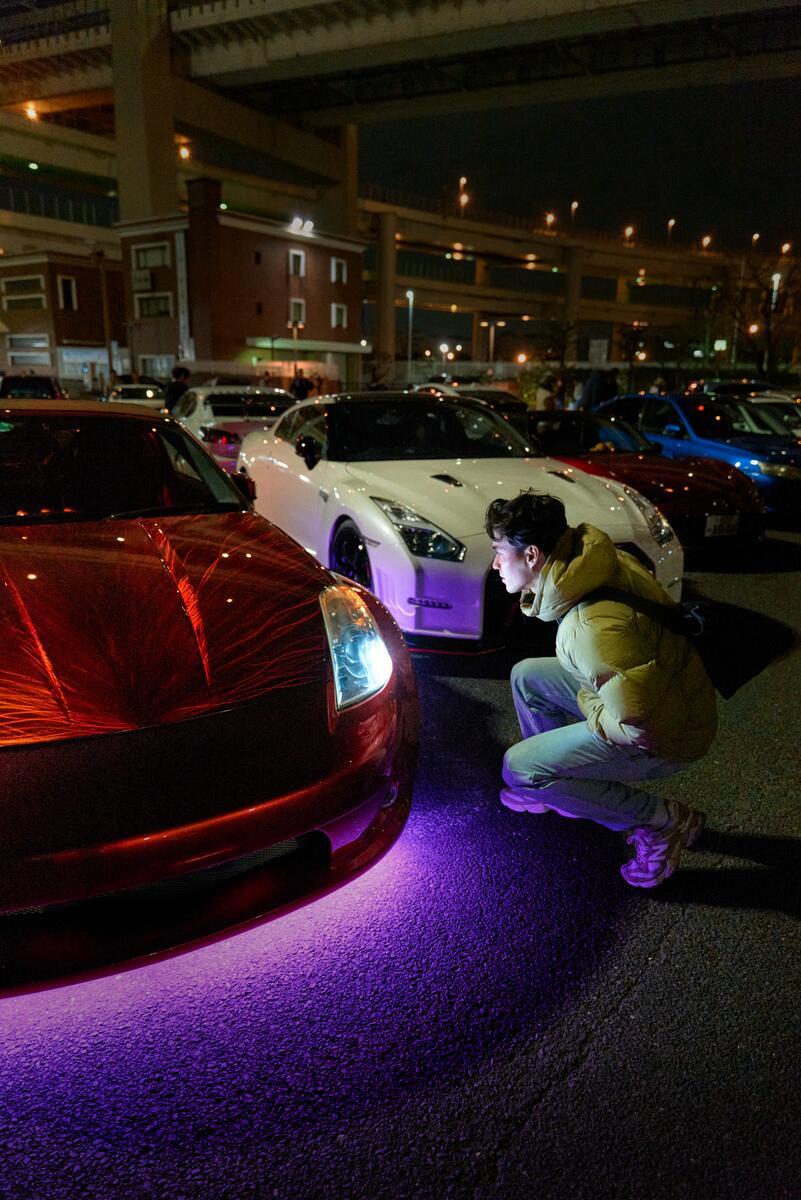
Explore Tokyo’s Car Scene in a Nissan Skyline
Thu, Jan 8 • 8:30 PM
150-0002, Tokyo Prefecture, Shibuya, Japan
View details
Nearby restaurants of YAYOI KUSAMA Museum
Toshioka
Gafas
Ánimo
Pizza Bull
Martiniburger
Seasonal Food Sugiura
RAMEN GOSSOU
ソプラアクア
Arabic Cafe & Deli Abu Essam
早稲田 香港料理廿四味

Toshioka
3.7
(376)
Click for details
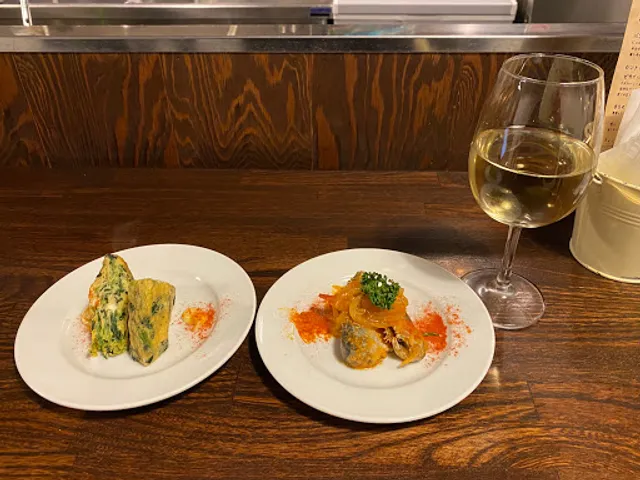
Gafas
4.3
(59)
Click for details

Ánimo
4.6
(41)
Click for details

Pizza Bull
4.5
(111)
Click for details
